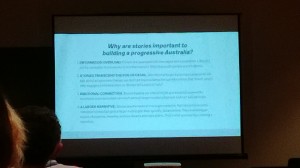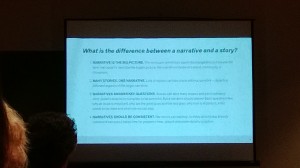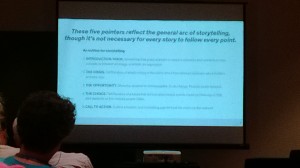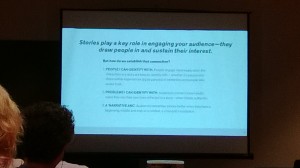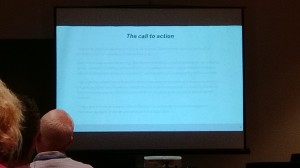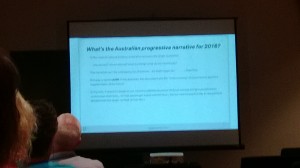http://designtaxi.com/news/361630/A-Stick-On-Window-Device-That-Blocks-And-Filters-Outside-Noise/
Monthly Archives: November 2013
Institute for Health Metrics and Evaluation
This extraordinary resource by the Institute for Health Metrics and Evaluation was handsomely funded by the Gates Foundation and features interactive data visualisations across a range of country-based and global data sets. The data has been carefully curated and is very handy for looking at risk factors and causes.
http://www.healthmetricsandevaluation.org/gbd/visualizations/gbd-arrow-diagram
Snake oil or superfood… the interactive infographic
Global births and deaths simulator
Jeremy Heimans :: movement entrepreneur
From: Aim higher than president
Movement entrepreneurs are digitally savvy outsiders who create new sources of power by aggregating and mobilizing the voices of many.
Tips:
- Use institutional power but don’t become institutionalised – small groups of passionate people are lean and nimble and have autonomy are more powerful than those in power.
- Build a movement, not a cult of personality – less susceptible to cock ups.
- A movement is not an internet meme – build for the long term.
Kale Chips. Amazing.
Drewstar introduced me to Kale Chips. Made my first batch last night after noticing kale stocked in the supermarket for the first time. Very simple. Very quick. Very tasty. Very healthy. Where have they been my whole life?
Ingredients:
- Kale (1 bunch)
- Olive/Macadamia Oil (1 tablespoon)
- Salt (1 teaspoon)
Directions:
- Preheat an oven to 175 degrees C. Line a non insulated cookie sheet with parchment paper.
- With a knife or kitchen shears carefully remove the kale leaves from the thick stems and tear into bite size pieces.
- Wash and thoroughly dry kale with a salad spinner.
- Drizzle kale with olive oil and sprinkle with seasoning salt.
- Bake until the edges brown but are not burnt, 10 to 15 minutes.
Purpose :: Tim Dixon – the power of narrative and story telling
Tim Dixon from Purpose gave a terrific presentation at the Progressive Australia conference.
Among the highlights, he referenced this part of Obama’s 2008 Victory Speech.
I spoke with him briefly afterwards and he indicated that Purpose hadn’t explored any movements around public health issues before. I can’t help thinking there’s a huge opportunity to do so, particularly around the global threat of non-communicable disease.
This taps into this article on story telling by Marshall Ganz shared with my by JMC.
Here are some of the slides he presented:
Satiety and food… is it about structure, not composition?
While preparing for my Progressive Australia speech on healthy food yesterday, two factoids caught my attention:
1. The amazing Credit Suisse trashing of the sugar industry notes that calories derived from drinks (i.e. liquids) are not recognised by the body as contributing to our satiety. Hence, the body continues to seek and consume food as if calories from soft drinks, fruit juices etc. had not been consumed:
“Liquid and solid sugar calories are handled differently by the body. The energy that is obtained through beverages is interpreted and processed differently by our body from energy that is obtained through solid foods, even if the overall quantity of calories consumed is the same. Sugar by itself is a poor source of calories as it provides little nutritional value. Not surprisingly, the public debate has centered on soft drinks and the role they have played in this issue.”
2. Michael Moss’ NYT article on addictive junk food refers to Vanishing Caloric Density in Cheetos:
“To get a better feel for their work, I called on Steven Witherly, a food scientist who wrote a fascinating guide for industry insiders titled, “Why Humans Like Junk Food.” I brought him two shopping bags filled with a variety of chips to taste. He zeroed right in on the Cheetos. “This,” Witherly said, “is one of the most marvelously constructed foods on the planet, in terms of pure pleasure.” He ticked off a dozen attributes of the Cheetos that make the brain say more. But the one he focused on most was the puff’s uncanny ability to melt in the mouth. “It’s called vanishing caloric density,” Witherly said. “If something melts down quickly, your brain thinks that there’s no calories in it . . . you can just keep eating it forever.”
Put together with the phenomenal success of lap banding*, this suggests that satiety is mediated by mechanical receptors at the top of the stomach. I’m sure this isn’t rocket science and could be found in any physiology text book, but its unusual that it hasn’t made it into the public discourse.
It explains why fruit, but not fruit juice, is good for you – it is to do with fibre, but only when it persists in a structure, and nothing to do with its ability to magically slow absorption of sugars into the body etc.
It explains why most junk foods are melt in your mouth – so that by the time it hits the stomach, it’s in too much of a liquid form to stimulate the stomach’s mechanical receptors.
Again, unless you’re putting lap bands into people, the only way to profit for this is by recommending people eat solid foods which fill them up.
* Lap Bands must make it easier for any food (including liquids) to trigger the mechanical receptors in the stomach.
Credit Suisse Investment Report on Sugar: Credit Suisse – document-1022457401
Michael Moss’s NYT Article: The Extraordinary Science of Addictive Junk Food – NYTimes
Lehrer on shaky science… HAH! :: The Decline Effect
Who would have thought that the most esteemed form of scientific research methodology could be so boldly dubious. This is a classic Lehrer New Yorker article, prior to his spectacular fall from grace… such a pity!
Source: http://www.newyorker.com/reporting/2010/12/13/101213fa_fact_lehrer (Local PDF)
Source: http://www.newyorker.com/online/blogs/newsdesk/2011/01/jonah-lehrer-more-thoughts-on-the-decline-effect.html (Local PDF)

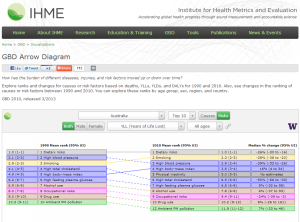
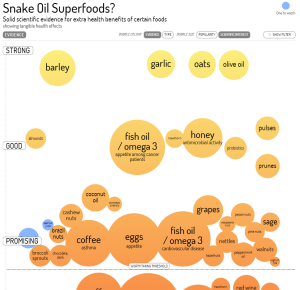
![WP_20131103_010[1]](http://blog.panicola.com/wp-content/uploads/2013/11/WP_20131103_0101-300x168.jpg)
